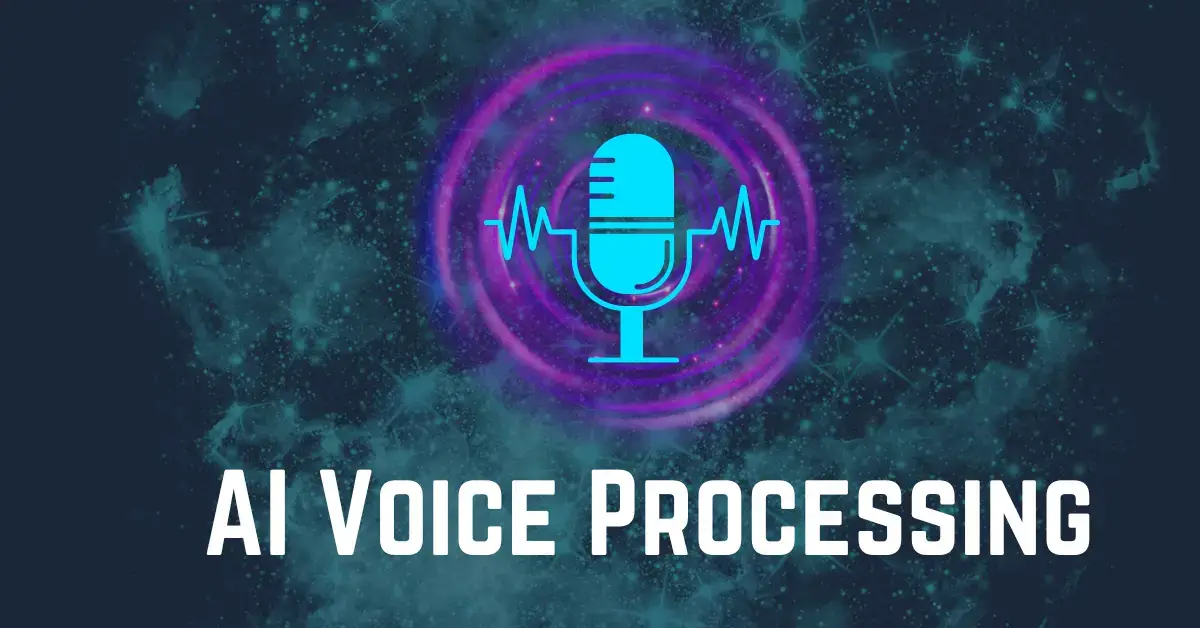







In the world of Artificial Intelligence, we are noticing significantly improved communication between man and machine. Text-to-speech, Speech to text, text-to-video, video-to-text, text-to-text, and picture-to-text have been successfully established. So these combinations have opened up thousands of new opportunities to leverage technology for the betterment of lifestyle. Today I’m going to discuss a tool that we have developed where a machine can convert a speech to 100+ languages that users can select.
The first task of an AI translator is to capture a human speech first. Secondly, it needs to convert the voice command into text. Thirdly, the machine has to convert the text into data and process it. The fourth step is to translate the text into the desired language text. The final step is synthesizing and generating a human-like text output in the chosen translation language.
We use Artificial intelligence for speech recognition and processing and in the final step where human-like voice is generated using Generative AI.


The entire task is achieved in the Python environment. We have to focus on identifying the speech pattern, intonations, and the context. The AI technologies behind speech recognition involve Natural Language Processing (NLP), Machine Learning, and Deep Learning. Another important Python library is gTTS. gTTS or Google Text-to-Speech is an engine that lets users input a string of text and then read it out in any preferred language. You can install gTTS using pip.
We use PyDub for audio processing. It is a versatile tool that helps in slicing, audio effects like fade in/out, audio editing, handling multiple audio formats along many other audio processing tasks.
Real-time voice processing using Artificial Intelligence can break barriers of communication. Therefore, we can use it for various industries. Let’s discuss few possibilities out of many such case studies below.


Airlines and Hotels have started giving customers an option to communicate in their preferred languages. In hotels, guests can inquire about services in their native language. The tool converts that to a language receptionists can understand. Therefore, attending international guests becomes easy!
Interacting with doctors for international patients who are not comfortable in English can be challenging. So in this world of AI, we can significantly remove the communication challenge.
Let me describe a scenario. Bill Gates arrives in India and interacts with the rural population in English. But, for a heart-to-heart interaction, we need to do a real-time translation of the conversation. Here, we can use language processing in real time where the speech is given in English but users can select a desired output language to follow the speech in their mother tongue. If the session is interactive, the rural people can also speak in their mother tongue which Mr. Bill Gates receives in English.
AI Voice translation is an indispensable tool for international summits where language and accents can become an obstacle to communicating. For example in an UN meet, there are many participant countries who prefer to stick to their national languages. Therefore, a real time voice translation can help bridge the communication barrier.
Starting in 2016, we have seen an unprecedented rise in digital payment using UPI. As per PIB data, 40 percent of all payments done in India are digital, with UPI leading the chart. About 30 crore individuals and over 5 crore merchants are using UPI. So we can conclude that the numbers are promising.
But, if we look on the other side of this, it is approximately only 20 percent of the population who are using digital payment. If we analyze why the remaining 80 percent are not inclined, there are two major reasons:
For the second case, we can use voice processing and can add a major chunk of the population who can comfortably use UPI using voice commands in their mother tongue. Imagine you are sending money to one of your contacts by only giving voice commands as you interact with Alexa or Siri. But the interesting fact here is, you can talk in your mother tongue be it Spanish or Telegu. Not to mention this app will also assist visually impaired people.
Just to note, voice recognition is vulnerable to fraud attacks. So mostly in recent applications, we add a biometric layer like Fingerprint, facial detection or PINs.
AI Voice Processing can take conversation to a whole new level and will be a powerful weapon for the cosmopolitan world.
Website Development | Mobile App Development | Application Development
We will definitely get back in touch with you over mail within 12 Hours.
In-case you have not heard from us within 12 hours, kindly check your spam once.
I'm a software consultant. I've 7+ years of industry experience. I'd love to connect with you and brainstorm your custom software needs. It's my responsibility to find you the best solution.
ANAND GUPTA
Drop your details and we'll get in touch with you within 12 hours.
Reach us for
Talk to us